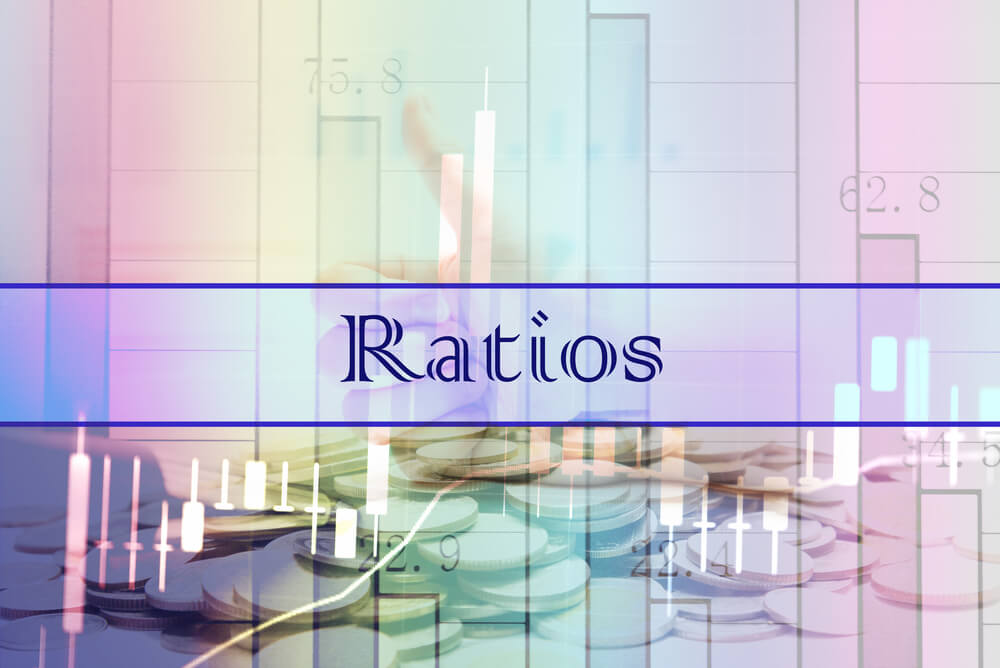The phenomenon of ratio analysis refers to the evaluation of numerous aspects of a company’s operating and financing activities such as its efficiency, liquidity, probability and solvency. The basic purpose of these ratios in finance assignments is to check whether a company is improving or deteriorating.
The ratio analysis, in finance assignments, is a different as well as difficult practice than any other assignments we used to have in our schools such doing a math problem or science project. It requires a complete knowledge and understanding about financial matters either it is for a sole proprietorship or any organization.
In the case of ratio analysis, the following ratios requires an in-depth understanding about how they should be applied. Also, they can help you be a more informed finance student or investor in the future. This article will highlight the ratios a student must learn before getting started with any finance assignment or investing in any organization.
-
Working Capital Ratio
The reputation of an organization is based upon how that organization easily and quickly turn their assets into cash to pay short-term commitments. This process is known as liquidity. Higher the liquidity higher the probability of return. With that, it is essential to assess a company’s health before taking any decision of investment.
The working capital ratio can be obtained by dividing current assets into current liabilities.
-
Acid test Ratio
The acid test ratio or quick ratio portrays how well a company has managed the liabilities to cover their cash and by items with a ready cash value. Inventories takes time to sell in the market and covert into liquid asset.
The quick ratio is calculated as withdrawing inventories from the assets, before separating that amount into liability
-
EPS – Earning Per Share
To get the return on your stock investment, you have to wait for few months because that is future earnings. You invest today but, receive return (or risk of loss) in the future. It elaborates how net income has earned on each share of a company’s public stock.
The earning per share is calculated as dividing net income by weighted average number of common shares outstanding during the year.
-
Price-Earnings Ratio
Price-earnings ratio is a reflection of investor’s evaluation of those future earnings. It tells the expectations of the investor of the stock. A P/E ratio more than 15 is considered high.
The price-earnings ratios is calculated as the share price of the company’s stock divided by earning per share or EPS.
-
Debt-Equity Ratio
It helps examine the company’s health by indicating a relative section of entity’s equity and debt used to sponsor the assets. Lower the debt-to-equity ratio greater the chance of giving any debt by financial lenders. High debt-to-equity ratio do not attract financial lenders.
The debt to equity ratio is calculated by adding outstanding long and short-term debts, and dividing it by book value of shareholder’s equity.
-
Return on Equity
Return on equity is the return an investor expects to take in the future. Common shareholders are always in search of how profitable their capital is in the business they have invested. It is considered as the most important ratio to evaluate an organization’s profitability.
The return on equity is calculated by company’s net earnings (after taxes), subtracting preferred dividends and dividing the figure by common equity of the company.
Applying these financial ratios in investment plan may take some intelligence and timely-decisions by your side to become rich slowly. The above ratios are easy to understand and you can pick any of them for your portfolio, make money and have fun doing that.
Besides investment, as student you must learn thoroughly these specified ratios to overcome efficiently in your finance assignments. The basic ratios are the most significant portion of your finance assignments that can help you score brilliant grades with maximum knowledge.
For more assistance or online assignment help visit our contact us page or join live chat.


